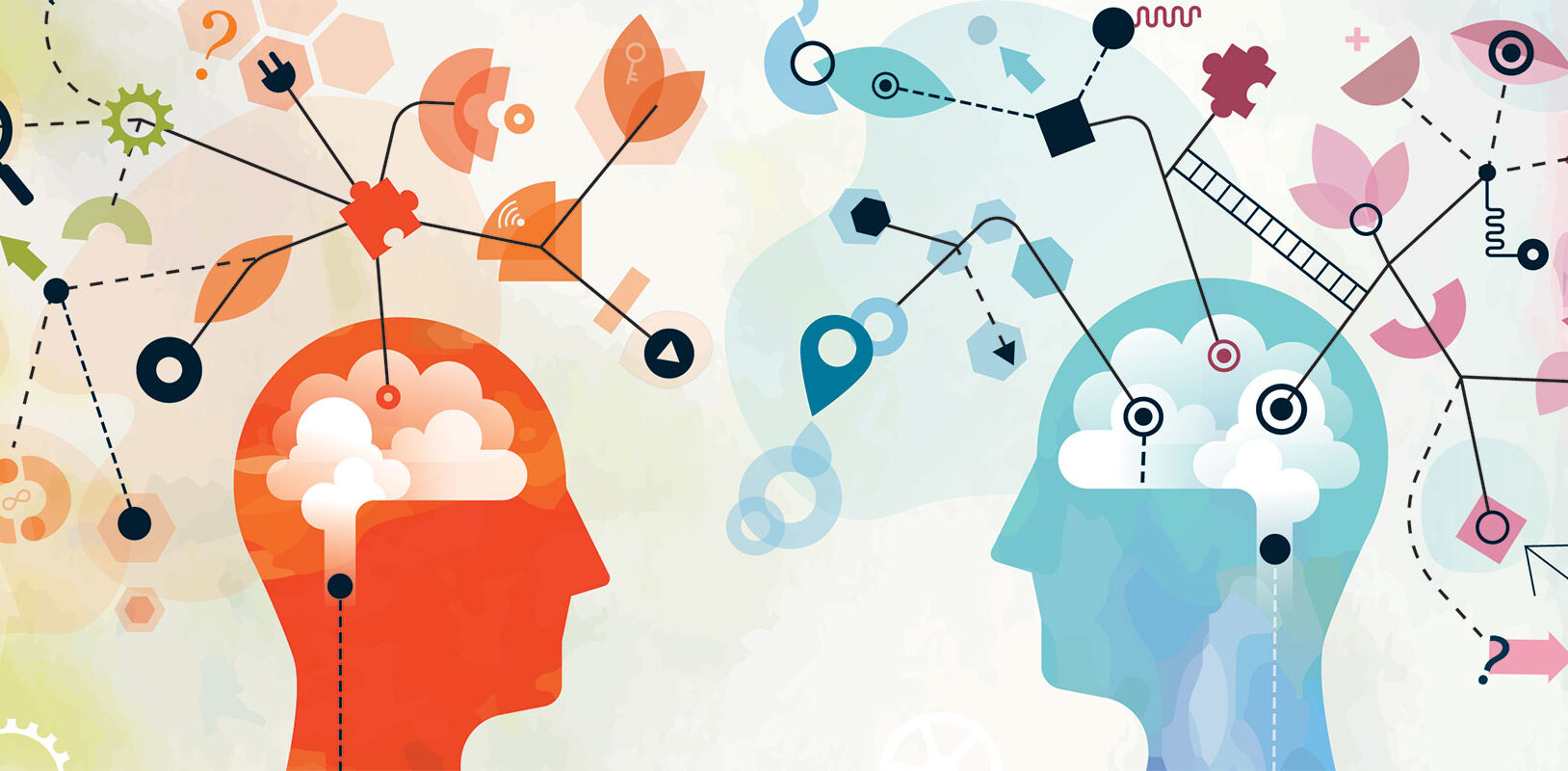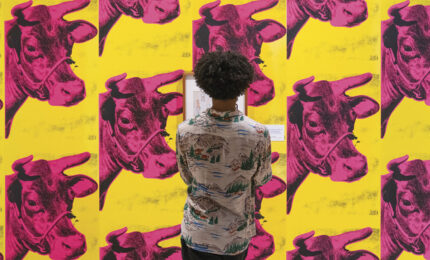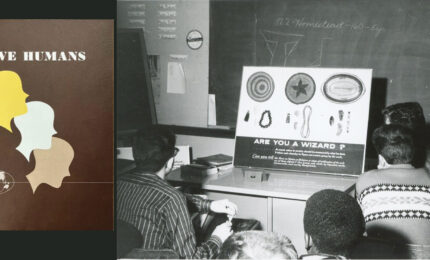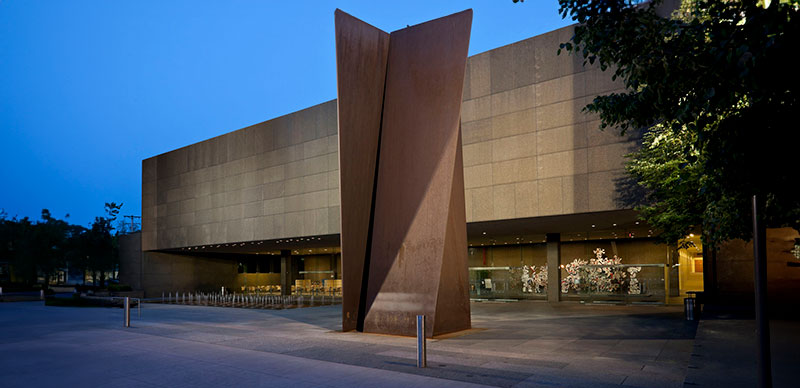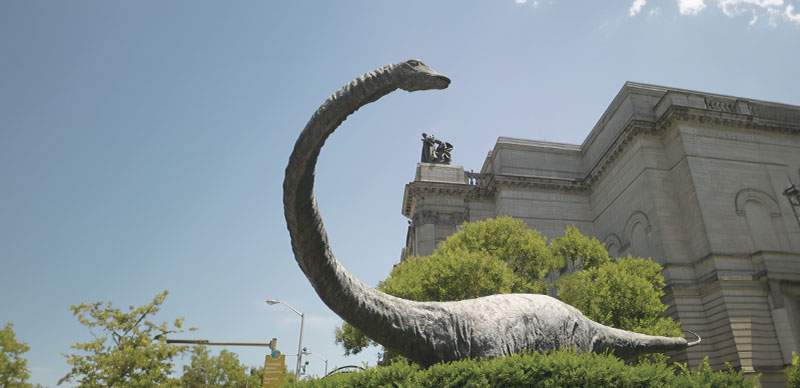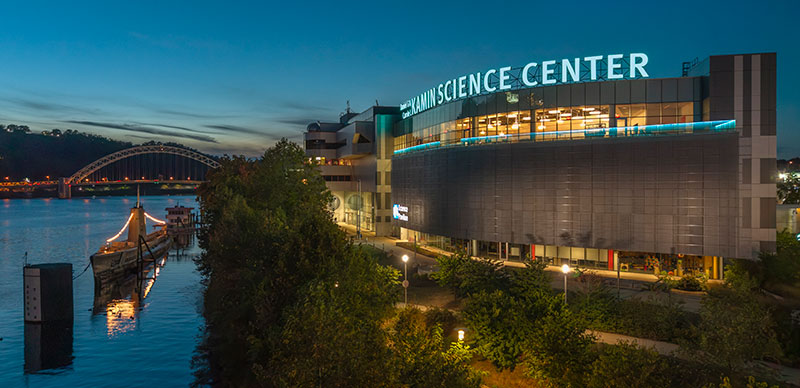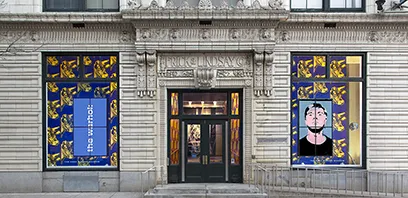The current pandemic drives home how interconnected we humans are, not just with one another but with all life, even when we do everything in our power to disconnect. We struggle to deny the terrifying viral consequences of our interconnectedness. Yet keeping the virus out denies the interconnectedness with each other for which we so deeply yearn. In a seeming paradox, my way of finding solace is through affirmation of my connection to that same living world that gave rise to the virus. Experiencing connection, losing ourselves in our shared identity, is a fundamentally important affirmation of our existence and meaning beyond ourselves. In that light, let’s also look a little more deeply at the beautiful and strange ways in which life is intertwined.
Mothers speak of feeling a very profound, even mystical connection with their children. The rationalists among you might think this can be dismissed as just a feeling, as though feelings have little substance or value. Let’s look at the scientific basis of the mother-child connection. When a child is born and the umbilical cord parts from the placenta, some of the child’s cells are left behind, intermingled with the maternal tissue. They do not slowly die away. They enter the mother’s bloodstream and migrate throughout the body, even passing through the blood-brain barrier. The miraculous process of conception, fetal development, and birth is followed by an even more miraculous incarnate continuation of the mother-child connection. I find comfort in knowing that my mother is with me even after her passing last year. She is probably still whispering from deep in my brain, “Don’t be a hoodlum when you get there!” as she did when I ran out into the world to be with my adolescent friends.
That a developing embryo is able to implant in the placenta to begin with has another surprising twist. A protein called syncytin is the key that unlocks the attachment of the baby to the mother. The syncytin protein, in effect, tells the maternal cells that this embryo is not foreign but actually belongs to her and in her. That protein and the DNA that encodes it started with an ancient viral infection!
Ancient mammals first encountered the syncytin protein on the surface of a virus. It acted then just as the coronavirus’ protein spikes do now, unlocking entry to the mammal’s cells. Making a 60-million-year story short, after fighting each other for millennia, virus and host made their peace. The virus was expelled but it left behind its syncytin gene. Mammals evolved control over the syncytin DNA and the syncytin protein became the key to unlocking the embryonic attachment to the placenta. This major evolutionary innovation is an important aspect of the success of mammals.
“The whole living world is intricately interconnected in myriad ways. We are what we are because of those connections.” –Stephen J. Tonsor
That is neither the first nor the last time an enemy invader eventually became a friend. Consider mitochondria, the power units that convert sugar to energy in nearly every cell of both animals and plants. They were originally free-living microbes that became guests, either through consumption or infection, in the cells of a second species of microbe. The two microbes, host and guest, must have struggled at the onset, with the ancestral mitochondrion a parasitic guest living off the sugar of the host cell. The host cell eventually moved some of the mitochondrial genes into its own DNA, where the host cell controlled their expression. Guest and host evolved to become cooperators. A symbiosis was born, so powerful that all complex organisms are its descendent. It has lasted more than a billion years. We would all die without mitochondria in our cells.
The whole living world is intricately interconnected in myriad ways. We are what we are because of those connections. Our bodies hold more nonhuman cells than human cells. We are utterly dependent on those nonhuman cells to protect us from invaders and they are essential to our digestion. They may have been invaders in our evolutionary past, but we now invite them in. We are, in so many ways, dependent on other life-forms for food, fiber, comfort, and our senses of place, beauty, and wellness.
The COVID-19 virus has a terrible and terrifying toll. There is nothing good about the pandemic. The intricate accommodations of life-form to life-form, of which I have been writing, arise through very long periods of coevolution. The explosive growth of human populations and our extraordinary and accelerating disruptions of coevolved relationships introduce us to unwanted guests in our own bodily houses. We introduce other novel diseases to many creatures in nature for which they have no defense.
The word ecology has its origin in the Greek word oikos, meaning house. We adherents to modern Western industrial culture have invited ourselves into the world’s many ecological houses. We need to learn to be better guests. We are, intricately and inextricably, for and of each other. We will survive if we take care of this house in which we cohabit.
